- Guides
-
Climbs
-
Climb Elbrus
- Elbrus individually
- Elbrus from the South, 9 days
- Elbrus from the South, 7 days
- Elbrus from the South in 1 day
- Elbrus from the North
- Elbrus Two Summits
- Elbrus Traverse South to North
- Elbrus Traverse North to South
- Elbrus "Cross" from South
- Elbrus "Cross" from North
- Kazbek+Elbrus
- Elbrus from the West
- Elbrus by helicopter
- Elbrus holidays, 9 days
- Elbrus holidays, 7 days
- Elbrus by weekend
- Under 5000 m
- 5000+ meters
- 6000+ meters
- 7000+ meters
- 8000+ meters
-
Climb Elbrus
- Trekking
-
Adventures
- Tour to Morocco for New Year
- Morocco: Toubkal and the mysteries of the Sahara
- Peru: Ancient Inca culture
- Peru: Machu Picchu and Amazonia
- Brazil: Amazon
- Brazil: Pantanal, Iguassu, Rio
- Iran: Ancient Persia from Tehran to Isfahan
- Chile: from the Atacama to Tierra del Fuego
- Safari Tanzania
- Safari Kenya
- Safari Uganda
- Lycian way
- Bhutan, the Tour of Dragon Trails
- Useful
- About
Climb Kilimanjaro, Marangu
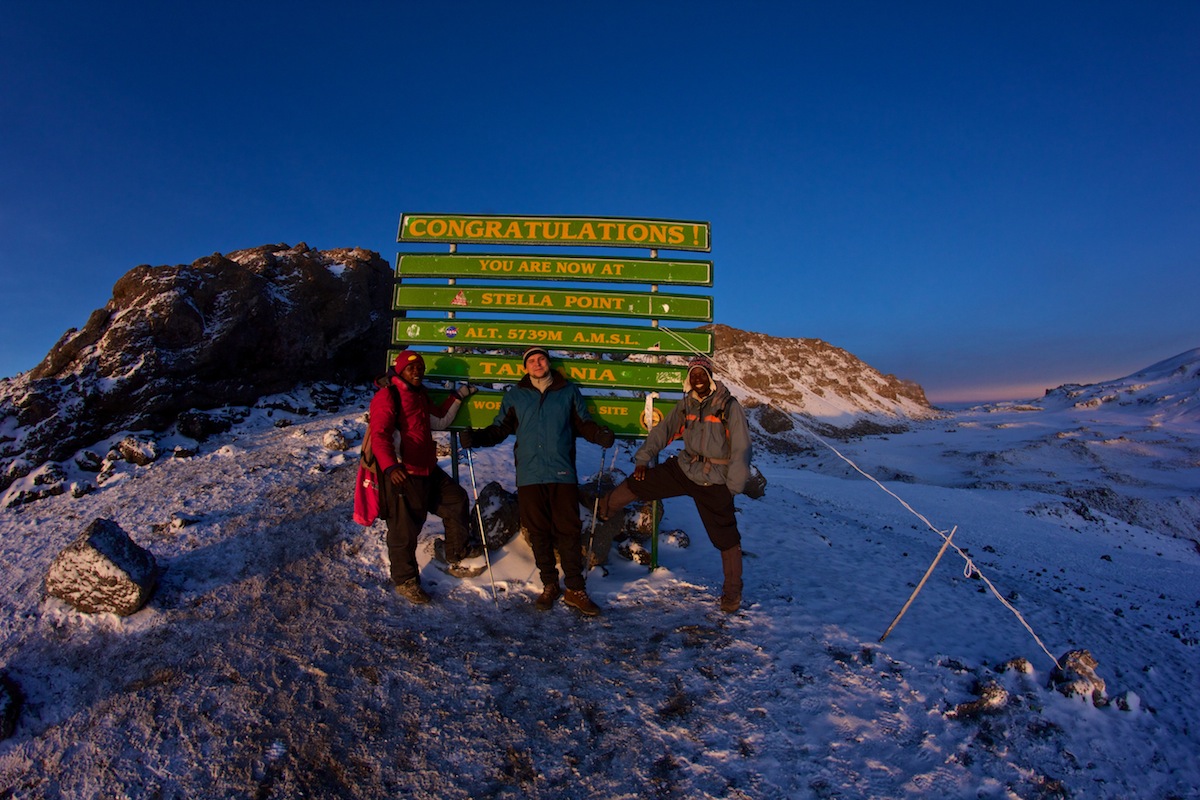
- Height (m)
- 5895
- Duration
- 8 days
- Difficulty
- Low
- Continent
- Africa
- Children
- From 14 years old
- Accomodation
- Without tents
2500 $
Почему такая цена?
About the tour. About the tour Itinerary to Climb Kilimanjaro by Marangu route. Day 1:Meeting at the airport in Arusha, Tanzania and transfer to the hotel in Moshi. If you arrive at the airport of Nairobi in Kenya, then make an independent bus transfer (local transport) to the city of Arusha or directly to the […]
About the tour.
About the tour
Climb Kilimanjaro
Day 1. Meeting at the airport in Arusha, Tanzania and transfer to the hotel in Moshi. If you arrive at the airport of Nairobi in Kenya, then make an independent bus transfer (local transport) to the city of Arusha or directly to the city of Moshi to the hotel (if necessary, we can order an individual Nairobi-Moshi transfer). The total travel time from Nairobi is about 5 hours. The group arriving at the place is met by our representative. Accommodation in 3* hotels with private facilities in the city of Moshi, free meals. A thorough briefing on the upcoming ascent is being made, the necessary equipment is being prepared. Dinner and instructing the group. Overnight at the hotel.
Day 2. Transportation to the gates of Marangu (the starting point of the trail is at an altitude of 1980 m). A group of climbers is drawn up, the necessary equipment and personal cargo (should not be heavier than 20 kg) are distributed to porters. The group extends from the starting point of the path and goes to Mandar Khat – a camp located at an altitude of 2700 m. The length of the road is 12 km and takes 5 hours, during which climbers can observe a picturesque rainforest passing along a gentle ridge. There is also another trail. It can be reached by turning left immediately after entering a reserved place. This trail goes along the course of the river and after 1.5 hours of travel it again leads climbers to the main trail. The halt point is the Mandara camp, accommodation in wooden huts.
Day 3. The path to the camp Horombo Hat (lifting to a height of 3720 m). A 15 km journey takes approximately 6 hours. The trail leads a group of climbers through a mysterious thicket of forest, it goes around the Moundi crater. It is here that you can see the Kibo crater, the ascent to which is the intended goal of the conquerors of the peaks. Further, the trail goes through alpine meadows of amazing beauty, on which huge lobelias and godparents grow, their height reaches as much as 6 meters! The halt point is Horombo Camp, accommodation in wooden huts.
Day 4. Day is reserved for acclimatization. This helps to avoid mountain sickness or reduce its manifestations. It is recommended to make a small four-hour route: overcoming the Zebra cliffs – reaching the Mawenzi camp and descent back to Horombo.
Day 5. The path to the Kibo Hat camp (lifting to a height of 4700 m). A 15 km journey takes approximately 6 hours. Passing along this trail, climbers will be accompanied by alpine semi-desert and rocky terrain. An additional trail leaves the Mawenzi camp, which occurs on the way to Kibo camp, which is an order of magnitude lighter and shorter by one hour. She will certainly be interested in climbers who on the previous day already explored the standard path on the day of acclimatization. The halt point is Kibo Camp, accommodation in wooden huts. The group rests before the assault until midnight.
Day 6. Climbing Kilimanjaro. The assault time varies about 5-7 hours. A group of climbers are already meeting the dawn, being at the highest point in Africa – the peak of Uhuro. The height above sea level is 5895 m. Those who wish can descend into the interior of the crater for 100 meters, go through the glaciers. Next is the descent back to the Kibo Hat camp, the camp is being collected. A 5-6 hour journey continues down to the Horombo Hat camp (a descent to a height of 3720 m is made). The halt point is the Horombo Hat Campground, accommodation in wooden huts.
День 7. A group of climbers descends to the end of their ascent path – the gates of Marangu (height 1980 m). 27 km of travel takes about 6 hours. The trail leads climbers past the Mandara camp, which is replaced by a tropical forest of amazing beauty. At the end of their journey, members of the group who reached the top receive a certificate attesting to the fact of climbing one of the highest points in Africa. There are two types of certificates here: gold – for the conquerors of Uhuro Peak, and green – for those who were able to get to Gilman Peak. Next comes the farewell to the staff. It’s good form to tip them. The group moves to a 3 * hotel with amenities – the city of Moshi. The rest of the time is allocated for rest.
День 8. Moving a group of satisfied climbers to the airport by convenient transport. Departure.
Included in the cost of expedition to climb Kilimanjaro:
- English-speaking mountain guide
- Transfers airport Kilimanjaro-Moshi-airport Kilimanjaro
- rescue fees
- park fees
- camping fees
- three meals a day on the mountain
- Kilimanjaro guides’ services
- hotel (full board) preceding and following the climb
- porters’ and cook’s services
- tents
- mattresses
- mass tent (fully-equipped)
Not included in the cost of expedition to climb Kilimanjaro:
- ips for Kilimanjaro guides, porters and staff (150-250 USD per person)
- transfers airport Nairobi-Moshi-airport Nairobi
- any kind of beverages – both alcoholic and non-alcoholic
- personal medication and first aid kit
- personal equipment
- Any costs caused by the changing of the programs
Equipment.
Скачать PDFThe documents:
- The passport.
- Flight tickets.
- Medical insurance.
- Information about vaccination against yellow fever.
Personal equipment:
- Backpack. 40-50l.
- Sleeping bag, comfort temperature from 0C.
- Mat.
- Trekking poles.
Clothes and shoes:
- Trekking boots.
- Sneakers (for cities).
- Waterproof layer – Jacket + trousers. The industry offers a range of products from simple 5000/5000 memban to Gore-Tex products.
- Fleece suit.
- Thermal underwear top+bottom.
- Puff.
- The gloves are thick.
- The gloves are thin.
- Bandana (in addition to protection from the Sun in the valley, it can be used to warm the throat or face in the cold)
- Hat.
- Warm trekking socks for climbing day
Other
- Flashlight LED head
- Sunglasses
- Leggings
- Thermos 1L
- Reusable bottle
- Sun cream, hygienic lipstick
- Mosquito repellant
- Personal first aid kit
- Elastic bandage and/or support bandage.
- Malaria pills
You may also like
-
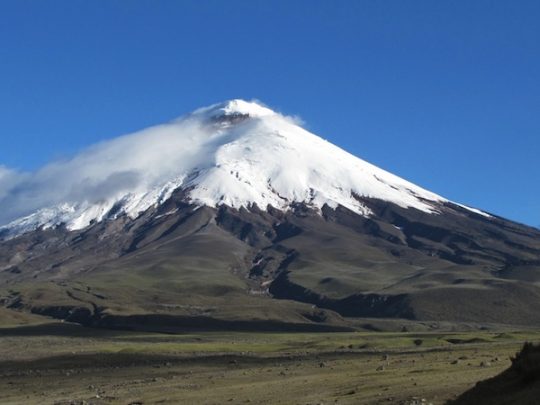 --
--Climb Chimborazo and Cotopaxi
- Height (m)
- 5897, 6384
- Duration
- 11 days
- Difficulty
- Moderate
- Continent
- South America
- Children
- From 14 years old
- Accomodation
- Hotels only
-
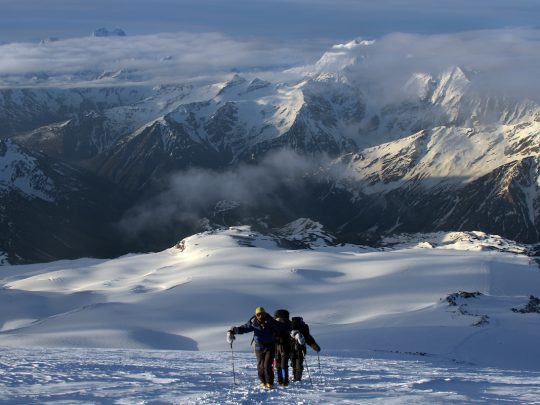 1,260 $
1,260 $Climb Elbrus from the South, 9 days
- Height (m)
- 5642
- Duration
- 9 days
- Difficulty
- Low
- Continent
- Europe
- Children
- From 12 years old
- Accomodation
- Without tents
-
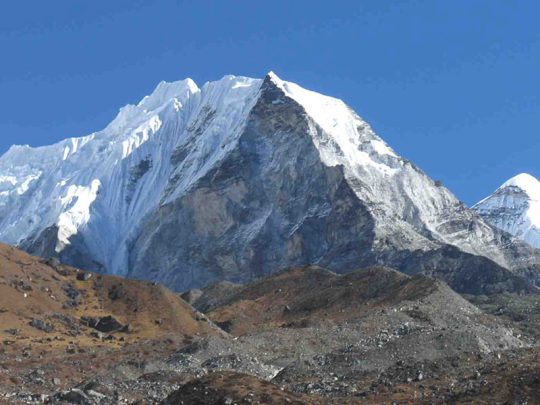 2,850 $
2,850 $Climb Island peak
-
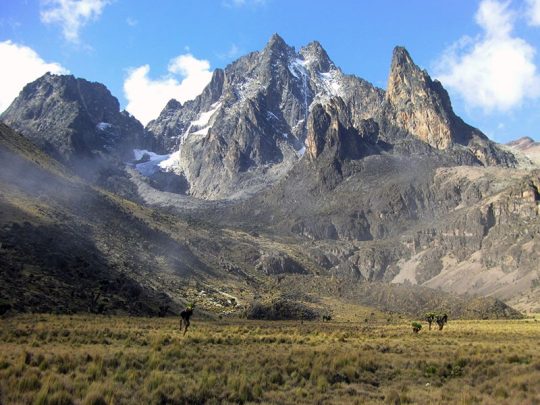 2,500 $
2,500 $Safari Kenya
- Height (m)
- 100
- Duration
- 9 days
- Difficulty
- Low
- Continent
- Africa
- Children
- From 2 years old
- Accomodation
- Hotels only